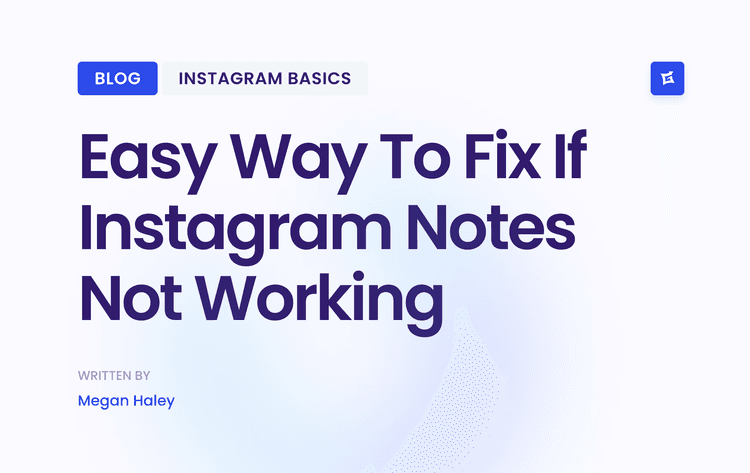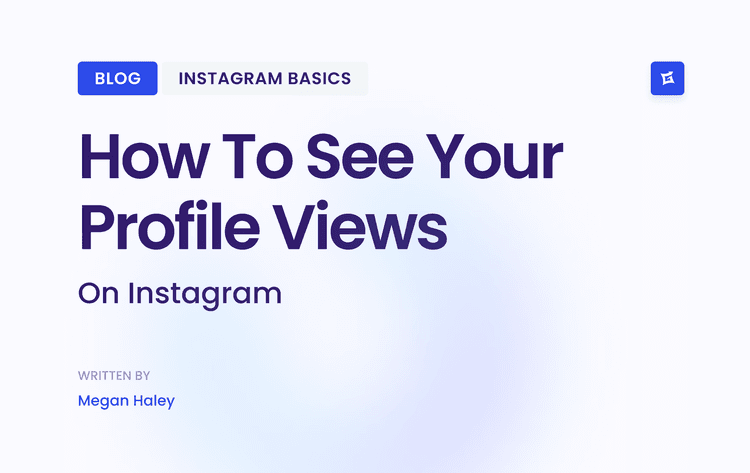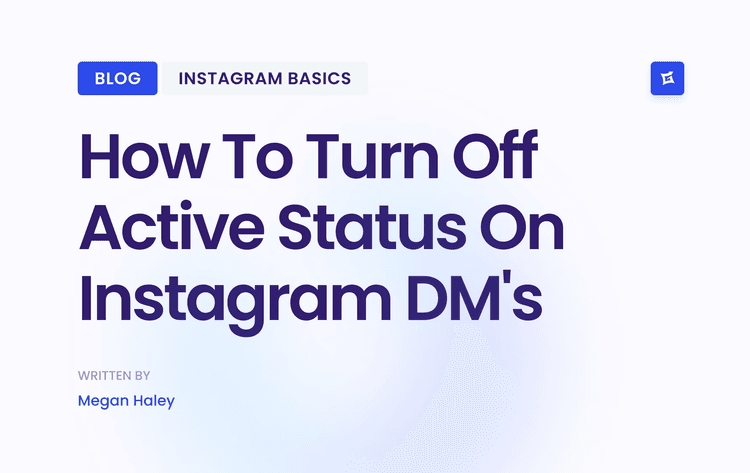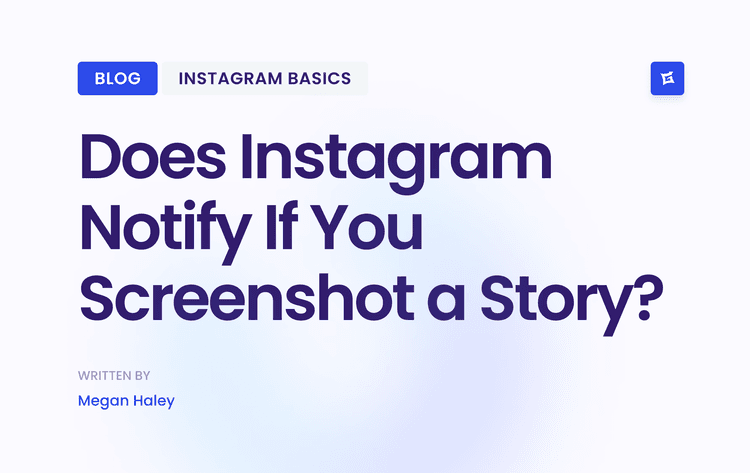Why Most People Are Measuring The Wrong Things
The Problem With Vanity Metrics
Focusing on vanity metrics gives you a warped sense of your performance. You might be stoked to hit 10,000 followers, but if they're not engaging or becoming customers, it’s a hollow victory. A smaller, engaged audience is often more valuable than a huge, passive one. This isn't just a theory; it's how social media algorithms work. Platforms reward genuine interaction, not just likes.
The sheer size of the social media world also matters. There are a staggering 5.31 billion social media users worldwide – about 64.7% of the global population. Reaching a large audience isn't as unique as it used to be. You can find more interesting stats on social media users here. This widespread use makes targeted engagement even more important for true social media success.
Shifting Your Focus to Meaningful Engagement
So, how do you move past vanity metrics and focus on what truly matters? Start with your business objectives. What are you trying to achieve with social media?
Increased brand awareness?
Lead generation?
Sales?
Once you know your goals, you can choose metrics that support them.
For example, if you're aiming for leads, tracking website clicks from your posts is a far better indicator than likes. If brand awareness is your goal, reach and engagement rate are more informative than follower count. This shift in perspective is fundamental to a strong social media strategy. It's recognizing that real engagement drives real business results, not just impressive-looking numbers.
Building Your Essential Metrics Framework
So, we’ve busted the myth of vanity metrics. Now, let’s get down to building a metrics framework that moves the needle. It’s not about tracking every metric, but the right ones. Think of it like building a house: a solid foundation is key before you add all the bells and whistles. That foundation? Metrics aligned with your specific business goals.
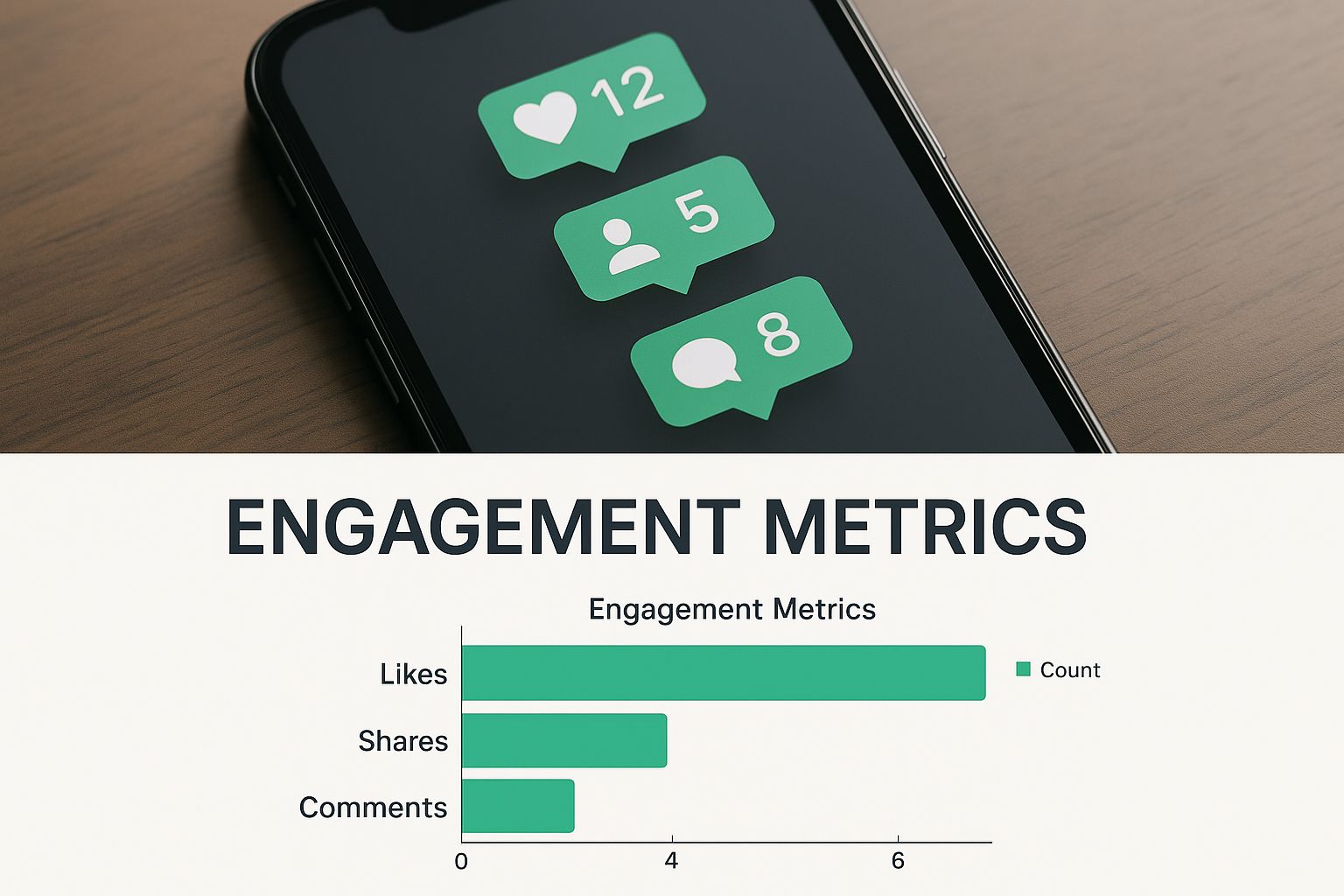
This image of a smartphone highlighting "Engagement Metrics" is a good reminder that tracking meaningful interactions is what matters. It’s not just about follower count anymore; it’s about understanding how your audience engages with your content. That's how you measure real impact.
Speaking of helpful resources, you might want to check out Gainsty's guide on measuring social media success.
Defining Your Core Metrics
Your core metrics should be a direct reflection of your objectives. If you’re aiming to drive website traffic, click-through rate (CTR) and website referrals are your bread and butter. But if you're focused on building brand awareness, reach and impressions take center stage.
Here are a few core metrics to think about:
Engagement Rate: Likes are just the tip of the iceberg. Dig deeper into comments, shares, and saves to see how your audience connects with your content. I’ve worked with brands with smaller followings that crush engagement compared to accounts with massive follower counts.
Conversion Rate: For many businesses, this is the holy grail. How many social interactions turn into sales or leads? Track this with unique URLs and UTM parameters in your posts.
Reach and Impressions: While not the be-all and end-all, these metrics give you a sense of your content's visibility. Is your audience growing over time? Are your impressions up? These can signal growth potential.
Customer Sentiment: Social listening tools can help you understand how people are talking about your brand. Positive sentiment is a huge indicator of brand health and future growth.
Organizing Your Metrics for Actionable Insights
Once you've nailed down your key metrics, organizing them effectively is crucial. In my experience, even a simple spreadsheet can work wonders.
Here's a framework I like to use:
Metric: (e.g., Engagement Rate)
Target: (e.g., Increase engagement rate by 10% this quarter)
Platform: (e.g., Instagram)
Frequency: (e.g., Track weekly)
This setup lets you easily see what’s working, what’s not, and where you need to tweak your strategy. Remember, don't just collect data – use it! This structure is your roadmap to improvement.
To help you visualize this further, let's take a look at a helpful comparison table:
To make this even more practical, I've put together a table to illustrate how different metrics relate to different business goals.
Essential Social Media Metrics by Business Goal
For the business goal of Brand Awareness, the primary metrics are Reach and Impressions, while the secondary metric is Engagement Rate. Reporting is done weekly or monthly.
To track Website Traffic, the primary metrics include Click-Through Rate and Referrals, with Reach and Impressions serving as secondary metrics. Reporting occurs on a weekly basis.
For Lead Generation, the primary metrics are Conversion Rate and Leads, and the secondary metric is Click-Through Rate. Reports are generated weekly or bi-weekly.
When focusing on Sales, the primary metrics are Conversions and Revenue, with Conversion Rate and Reach as secondary metrics. Reporting is done daily or weekly.
For Community Building, the main metrics are Engagement Rate and Comments, while Shares and Followers are considered secondary metrics. Reporting is done weekly.
This list summarizes the most important metrics for each objective. Notice how the primary and secondary metrics shift depending on what you're trying to achieve. This highlights the need for a tailored approach to social media measurement. Don't just track everything – focus on what truly matters for your business.
Mastering Platform-Specific Success Indicators
Measuring social media success isn't one-size-fits-all. Every platform has its vibe and audience, so your metrics need to adapt. What flies on Instagram might flop on LinkedIn. A TikTok smash doesn't guarantee YouTube views. Understanding these differences is key to really getting social media measurement right.
Tailoring Your Approach to Individual Platforms
Imagine measuring a fishing rod and a telescope with the same yardstick—it's just not going to work! Applying the same metrics across all platforms will give you a distorted view of your performance. Instagram is all about visual storytelling, so engagement metrics like saves, shares, and comments are super important. LinkedIn, a professional network, prioritizes connections. Connection requests and engagement with longer content are better indicators there.
On YouTube, watch time and audience retention are king. TikTok, on the other hand, focuses on video completion rates and shares. When building your metrics framework, also think about video engagement metrics. Even within the same platform, algorithm tweaks can seriously impact how you measure success. Staying up-to-date on platform changes and adjusting your tracking is essential.
Learning From Platform-Specific Success Stories
Let's get real. Fashion brands usually kill it on Instagram, using visually appealing content and influencer collaborations to drive engagement and brand awareness. B2B companies often find success on LinkedIn by sharing thought leadership content and joining industry conversations. Gaming companies might find their tribe on Twitch, where live streaming and community interaction are everything.
By looking at brands that are thriving on certain platforms, you can get great insights into which metrics matter most and how to tailor your strategy. This is about learning from the pros and adapting their tactics to your brand and goals. You might be interested in: Check out our guide on social media ROI measurement.
Balancing Consistency and Platform Uniqueness
While tailoring your approach to each platform is critical, keeping some consistency in your overall measurement framework is also important. This means tracking core metrics like engagement rate and conversion rate across all platforms, while also adding in platform-specific indicators.
This balanced approach lets you compare performance across channels, spot cross-platform trends, and get a big-picture view of your social media impact. It's wild to think that platforms like Facebook, YouTube, Instagram, and WhatsApp each have at least 2 billion active users. This shows just how influential these platforms are. You can find more details on platform usage and discover more insights here. This highlights how important it is to understand platform-specific metrics. Remember, a winning social media strategy isn't about chasing vanity metrics; it’s about understanding each platform's quirks and measuring what truly matters for your business.
Navigating The Multi-Platform Measurement Challenge
Measuring social media success across different platforms can feel overwhelming. Each platform has its quirks, metrics, and audiences. It's easy to get bogged down switching between dashboards and spreadsheets. But managing multi-platform measurement without pulling your hair out is doable. It just takes a strategic approach and the right tools. You might also want to check out some of the top social media competitive analysis tools.
Consolidating Your Data For a Cohesive View
The first step is bringing all your data together. Think of it like a jigsaw puzzle scattered across different rooms. You need all the pieces in one place to see the complete picture. This means finding a way to consolidate your data from different platforms into a central location.
Some social media management platforms, like Hootsuite or Buffer, offer this, pulling data into a single dashboard. Even a simple spreadsheet can be incredibly helpful, allowing you to manually track key metrics across your different social channels. This consolidated view lets you see cross-platform trends and make smart decisions about where to focus your energy.
Identifying Cross-Platform Trends and Patterns
Once your data is consolidated, you can start uncovering those hidden insights – the cross-platform trends that only emerge when you see the big picture. For example, you might notice a specific type of content does well on Instagram and TikTok, but flops on LinkedIn. This suggests you need to tweak your content strategy for different audiences.
Or perhaps you see a spike in engagement across all platforms after a particular event or campaign. These insights can shape future strategies and help you allocate your resources effectively. It's all about connecting the dots.
Making Sense of Varying Metrics Standards
One of the biggest headaches in multi-platform measurement is dealing with different metric standards. A “view” on YouTube isn’t the same as a “view” on TikTok. An “impression” on Facebook doesn’t equal an “impression” on Twitter. Understanding these nuances is key, so you're not comparing apples and oranges.
Focus on comparable metrics across platforms, like engagement rate or conversion rate. These give you a more standardized performance view, even though the underlying calculations might differ slightly. This is essential for accurately measuring social media success.
Real-World Examples: Spotting the Bigger Picture
Imagine running a multi-platform campaign for a new product launch. By tracking website clicks from each platform, you realize Instagram drives significantly more traffic than Facebook, even though Facebook has more followers. This tells you Instagram has a higher conversion rate for that particular campaign. This insight can guide your future marketing budget, allocating more resources toward the platform delivering the strongest results.
It's also important to recognize the sheer diversity of the social media world. The average person uses about 6.7 different social media platforms. This really highlights the importance of a multi-platform approach. And with user numbers projected to grow by 5.6% year over year into 2025, things are only getting more complex. Learn more about current social media platform usage. In such a dynamic market, adapting your measurement strategies is crucial for long-term success.
Ultimately, measuring social media success is about understanding your audience, their behavior, and what resonates with them across various platforms. By consolidating data, identifying trends, and understanding platform-specific metrics, you can navigate the multi-platform measurement challenge and uncover valuable insights that drive real business results.
Tools And Systems That Work
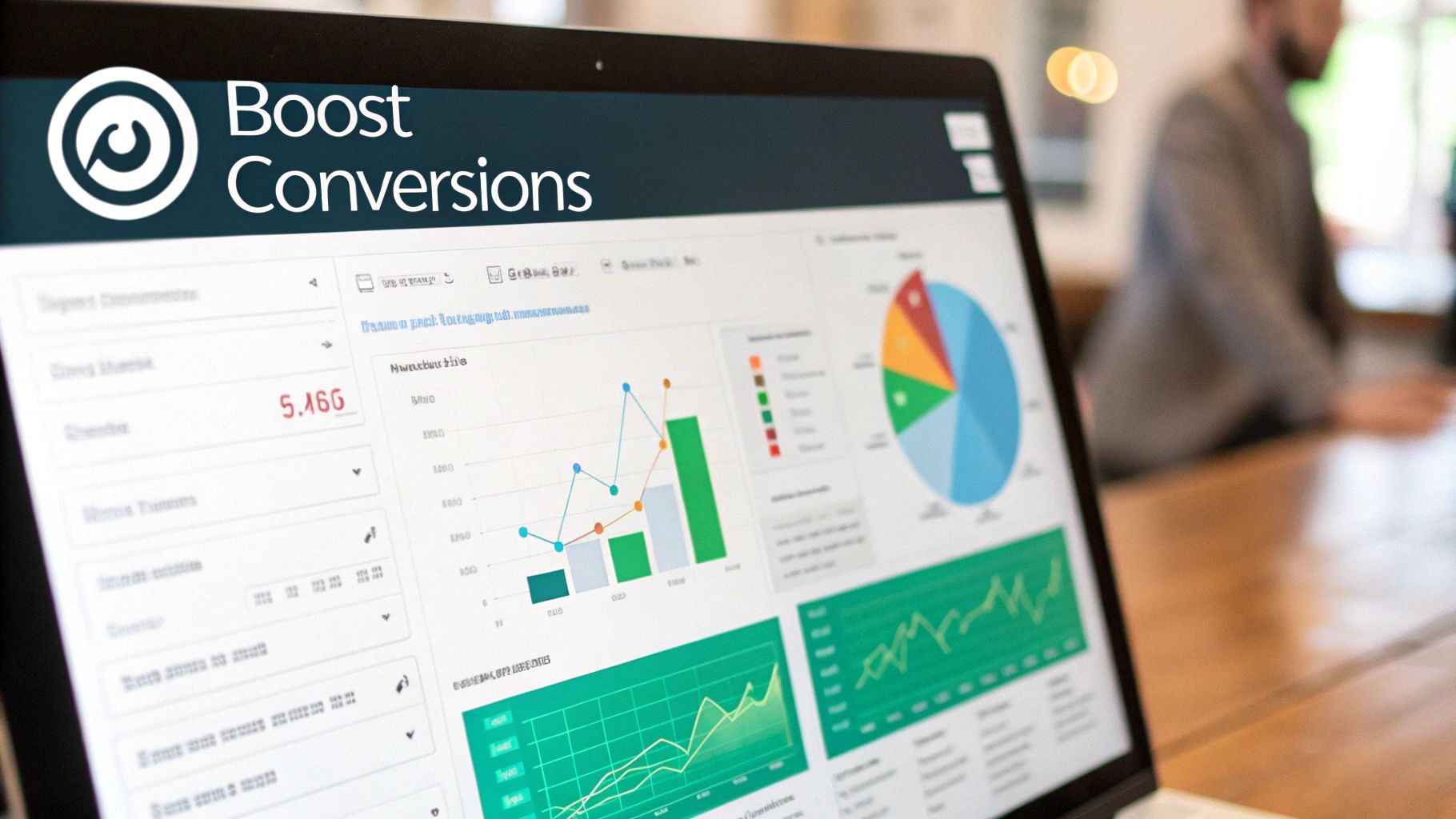
This screenshot shows Google Analytics, a powerhouse for tracking website traffic. See how it highlights referrals from social media? You can drill down into which platforms are sending you the most valuable traffic. Forget vanity metrics – this is about connecting social activity to real business results. It's how you make data-driven decisions.
I remember when I first started out, it was a mess of spreadsheets and different platforms. Finding the right social media measurement tools can be a headache. So many options, free and paid, how do you even choose? Let me share what I've learned from experience.
Free Tools: Your Built-In Secret Weapon
Good news – you don't have to break the bank for effective measurement. Every major platform has built-in analytics that are incredibly useful.
Facebook/Instagram Insights: These are essential for daily monitoring. I check them constantly to see how our content resonates with the audience. Demographics, reach, impressions, engagement – it's all there.
Twitter Analytics: A glance tells you which tweets are taking off. Impressions, retweets, likes – you see what’s working (and what’s not).
LinkedIn Analytics: Especially important for B2B, LinkedIn Analytics shows you who's engaging with your content and clicking through to your website.
TikTok Analytics: This platform is all about video, and the analytics reflect that. Video views, shares, comments – you get a clear picture of what the TikTok community loves.
YouTube Analytics: If you're creating video content, watch time and audience retention are crucial. YouTube Analytics gives you that and more.
These free tools are a fantastic foundation for understanding your social media performance on each platform.
Paid Tools: Level Up Your Analytics
While native platform insights are a great starting point, paid tools offer more advanced features and a bigger-picture view across all your social channels. I’ve used several, and the right choice depends on your goals and resources.
Sprout Social: I love Sprout Social for social listening. Understanding brand perception and sentiment is invaluable. Plus, it simplifies reporting across multiple platforms.
Hootsuite: A classic for managing multiple accounts and scheduling. But Hootsuite also offers powerful analytics and customizable dashboards for a deeper dive into your data.
Buffer: Another great platform for social media management. Buffer’s analytics are user-friendly and focus on the metrics that matter for growth: engagement, reach, and audience expansion.
Google Analytics: I mentioned it earlier, but it's worth repeating. Tying your social activity to website traffic and conversions is essential for showing the true impact of your efforts.
The investment in a paid tool can free up time and give you significantly deeper insights than free tools alone.
Reporting Automation: Your New Best Friend
Pulling data from multiple platforms manually is a nightmare. Trust me, automating your reports is a game-changer. Many social media management platforms offer this feature. Even a simple spreadsheet with regular data imports can save you hours each week. That gives you more time for the important part – analyzing the data and developing winning strategies.
To help you evaluate some popular options, take a look at the comparison table below:
Social Media Analytics Tools Comparison: Feature comparison of popular social media measurement tools, including pricing and key capabilities
Sprout Social is best for social listening and reporting. It offers sentiment analysis, competitive analysis, and detailed reports. The pricing starts at $249 per month, and it covers most major platforms.
Hootsuite is ideal for managing multiple accounts and scheduling. Its key features include analytics dashboards, team collaboration tools, and post scheduling. The service starts at $99 per month and supports most major platforms.
Buffer is useful for engagement and audience growth. It provides simple analytics, post scheduling, and link shortening, with pricing starting at $6 per month. It also supports most major platforms.
Google Analytics is best for website traffic analysis. It offers in-depth traffic source analysis, conversion tracking, and audience demographics. This tool is free to use and is not tied to specific social platforms; instead, it tracks website traffic from social media.
This list highlights some key differences in features and pricing. Remember, the best tool for you depends on your specific needs and budget.
Turning Data Into Actionable Insights
Having the data is only half the battle. Knowing how to actually use it to measure social media success? That’s the real key. It's like stocking a kitchen with gourmet ingredients. Doesn’t mean you’ll magically whip up a Michelin-star meal, right? You need to know the recipes, techniques, and when to add a pinch of this or that.
Changing Metrics Into Action Plans
Think of your social media metrics as a compass, always pointing you towards better results. Let’s say your engagement on Instagram is down. Don’t freak out—get curious!
Look for patterns: Did you change your content style? Start posting at odd hours? Maybe you shifted from static images to Reels. Try experimenting with different formats. I remember working with a client who saw a 30% engagement boost just by incorporating more video.
Refine audience targeting: Perhaps your brilliant message isn’t reaching the right eyes. Take a good look at your audience settings. Are you targeting the people most likely to connect with your brand? This isn’t a one-and-done deal. Regularly review and tweak your targeting based on the data you gather.
Adjust your strategy: Sometimes you don’t need a total reboot, just a few minor adjustments. If your click-through rate is low, experiment with your call to action. Maybe try more eye-catching link previews. It’s all about constantly optimizing based on what the data reveals.
Spotting Trends and Identifying Content Patterns
Data can be your crystal ball, helping you see what's coming before everyone else. Imagine noticing increased engagement with posts about a particular topic. That's your cue to create more content around that theme. Be the trendsetter, not the follower.
Similarly, analyze your top-performing posts. What magic did you weave? Was it the format, the topic, the timing? Find those golden nuggets and use them to inspire future content. This isn't about copying; it's about understanding what your audience loves and giving them more of it.
Using Data to Inform Future Campaign Planning
Looking back can be the best way to move forward. Past performance is a strong indicator of future success. Use your data to guide your next campaign. Did a particular style of content crush it last time? Consider incorporating it into your upcoming strategy. Honestly, I’ve often found unexpected insights by analyzing past campaign data. These insights have a way of shaping creative decisions in ways I never anticipated.
Data is also a fantastic resource manager. If a specific platform consistently underperforms, maybe it's time to redirect your energy to channels that deliver better results. Work smarter, not harder, by letting data guide your decisions.
Frameworks for Regular Reviews and Adjustments
Consistency is the secret sauce to long-term social media success. Set a regular schedule—weekly, monthly, or quarterly—to analyze your performance and adjust your strategy. This doesn’t have to be an epic undertaking. Even a quick check-in with your key metrics can reveal valuable information.
Create a simple system for your reviews. I like using a spreadsheet to track key metrics, targets, and action items. It keeps me organized and focused on what matters most. By regularly reviewing your data and making informed adjustments, you can change your social media strategy from reactive to proactive. You’ll always be a step ahead, ready to seize the next opportunity.
Your Measurement Success Roadmap
Let's talk about actually measuring your social media success. Not just vanity metrics, but the stuff that matters to your bottom line. This isn't about some complicated system you'll never use. This is a practical guide, something you can implement whether you're a small business owner or managing a whole portfolio of brands.
Setting Up Your Measurement System: A Practical Checklist
Think of setting up your measurement system like planning a road trip. You need a destination and a map to get there.
Define Your Goals: First, where are you going? What do you want to achieve with social media? Is it brand awareness, leads, or sales? Nail down your goals, and the rest falls into place.
Choose Your Metrics: Once you know your destination, choose the metrics that will tell you if you're on the right track. Want more website traffic? Track click-through rates and website referrals.
Create a Tracking System: Don't overcomplicate this. A simple spreadsheet can be your best friend. Track your metrics, your targets, and which platforms you're using. Regularly updating this will show you what's working (and what's not!). Once you have the data, it’s all about making it work for you. Check out this article on tracking content performance to dig into this.
Set Realistic Timelines: Rome wasn’t built in a day, and neither is a successful social media strategy. Don't expect to double your followers overnight. Set achievable goals, like increasing engagement by 10% over the next three months.
Regular Reporting and Troubleshooting: Staying on Track
Reports aren't just for show. They're your compass, helping you navigate the social media landscape.
Establish a Reporting Cadence: How often do you need to check your map? Weekly, monthly, quarterly? Find a rhythm that works for you and stick to it.
Create Report Templates: Make reporting easy on yourself with templates. This saves you time and keeps your data consistent.
Troubleshooting Common Challenges: What if you're not seeing the results you want? Don't panic! Your data holds the clues. Maybe your targeting needs adjusting, or your content could use a refresh. Use the data to diagnose and improve.
Communicating Your Success: Showing the Value
You're doing great work, but you need to show it! Here's how to communicate your social media wins.
Focus on Business Outcomes: Speak the language of business. Did your campaign result in a 15% increase in sales? Now you're talking.
Use Clear and Concise Language: Skip the jargon. Display your data in a way that everyone understands, even your grandma.
Visualize Your Data: A picture is worth a thousand words (and maybe a thousand followers). Charts and graphs make your data more engaging and easier to understand.
As your social media account grows, don't be afraid to adapt your measurement approach. Your audience and the platforms themselves are constantly changing, so your strategy should too.
Want to kickstart your Instagram growth organically? Check out Gainsty, an AI-powered social assistant that helps you get real followers and boost engagement – no bots, no fake accounts, just real growth.

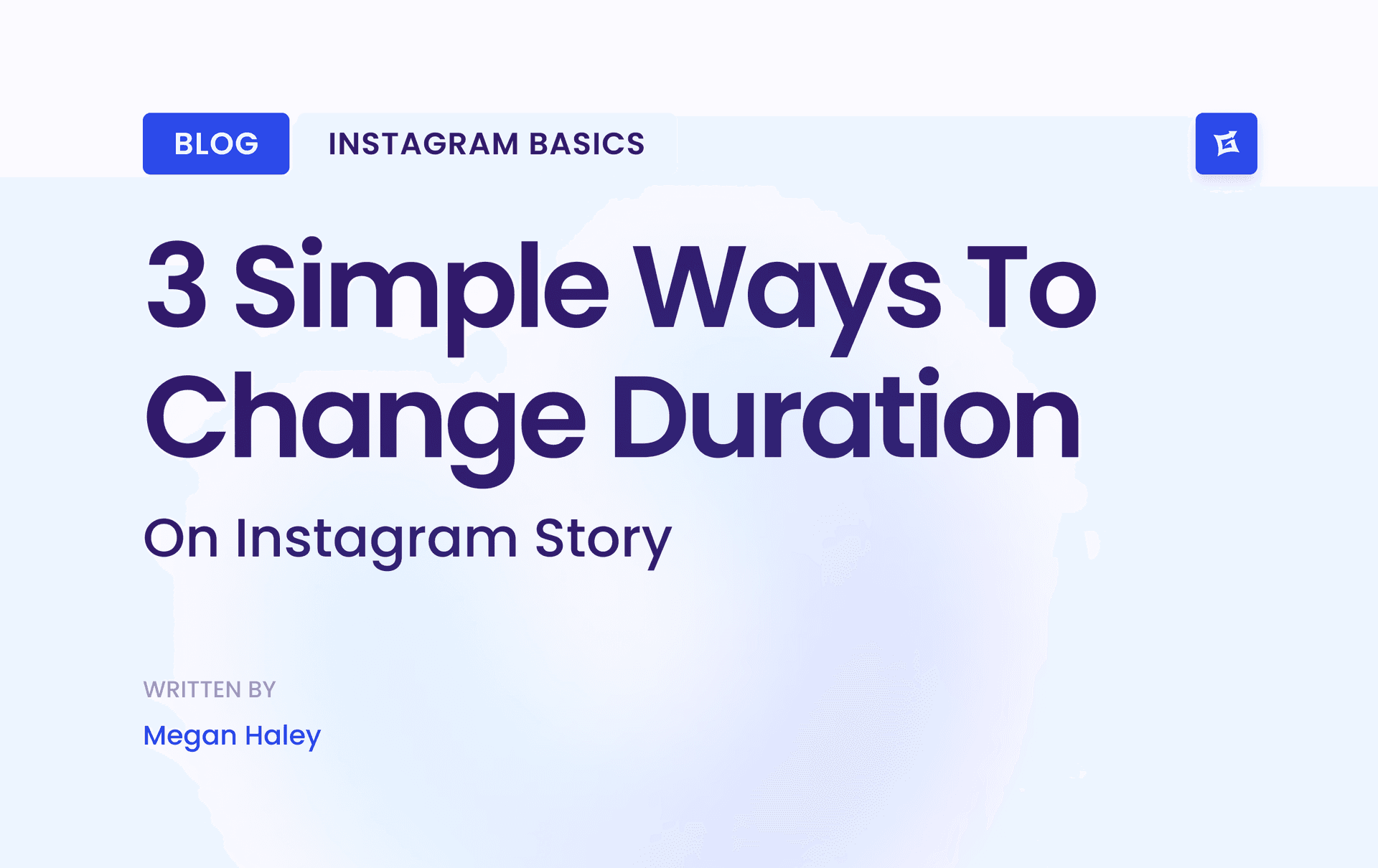
.png&w=1920&q=75&dpl=dpl_9XSWKBjhcBN6v6b1SN7m3p1WWjfr)
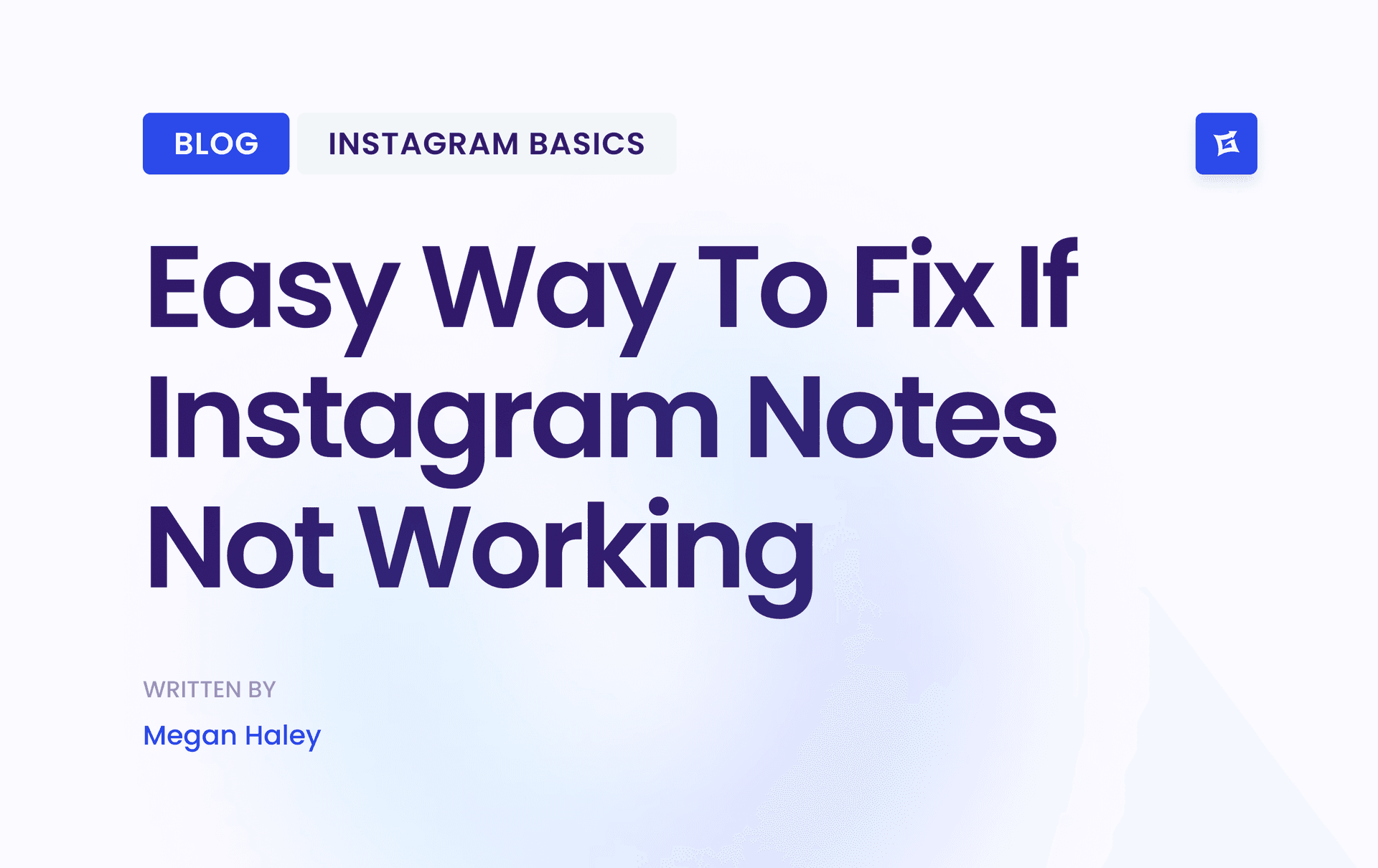
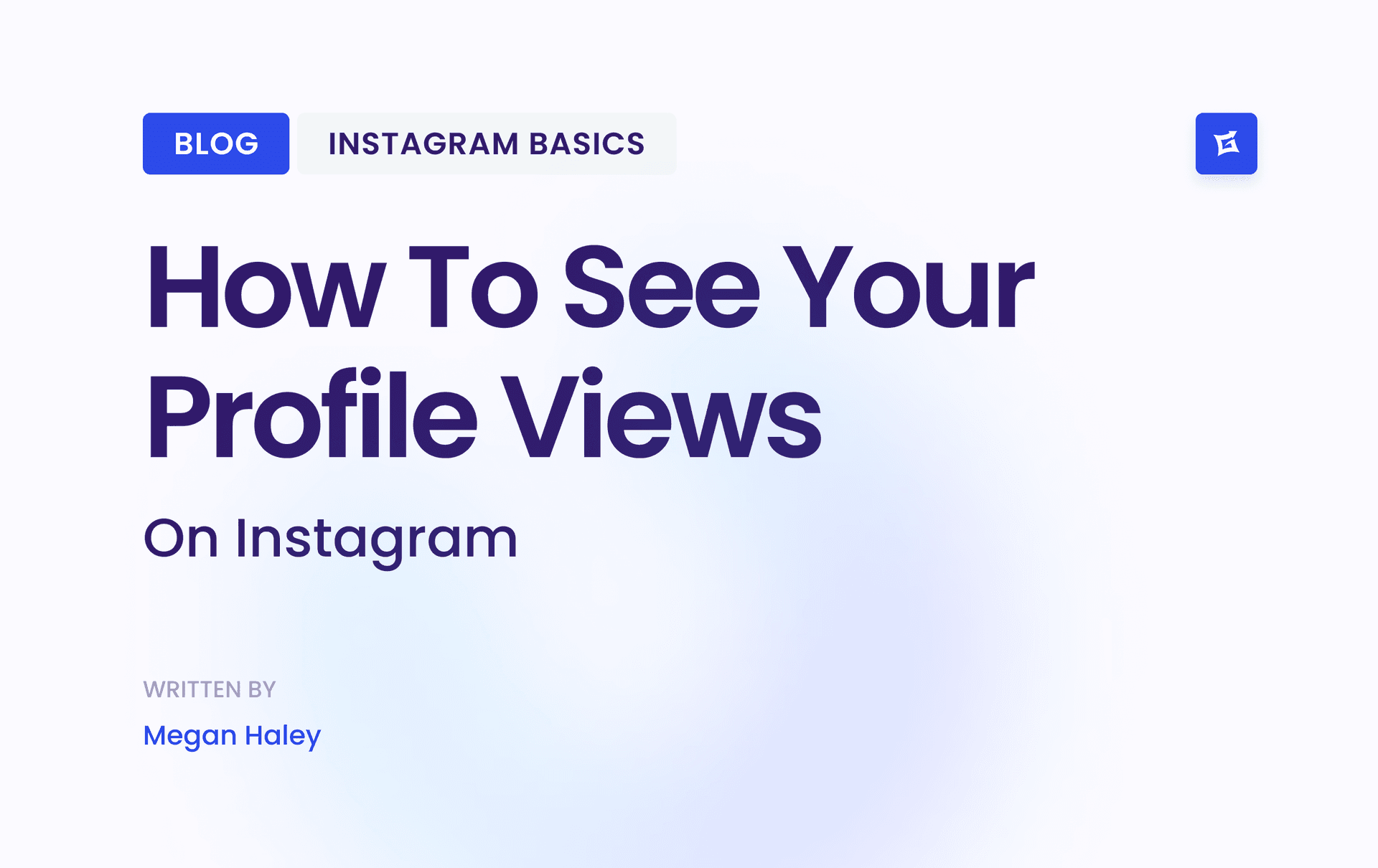
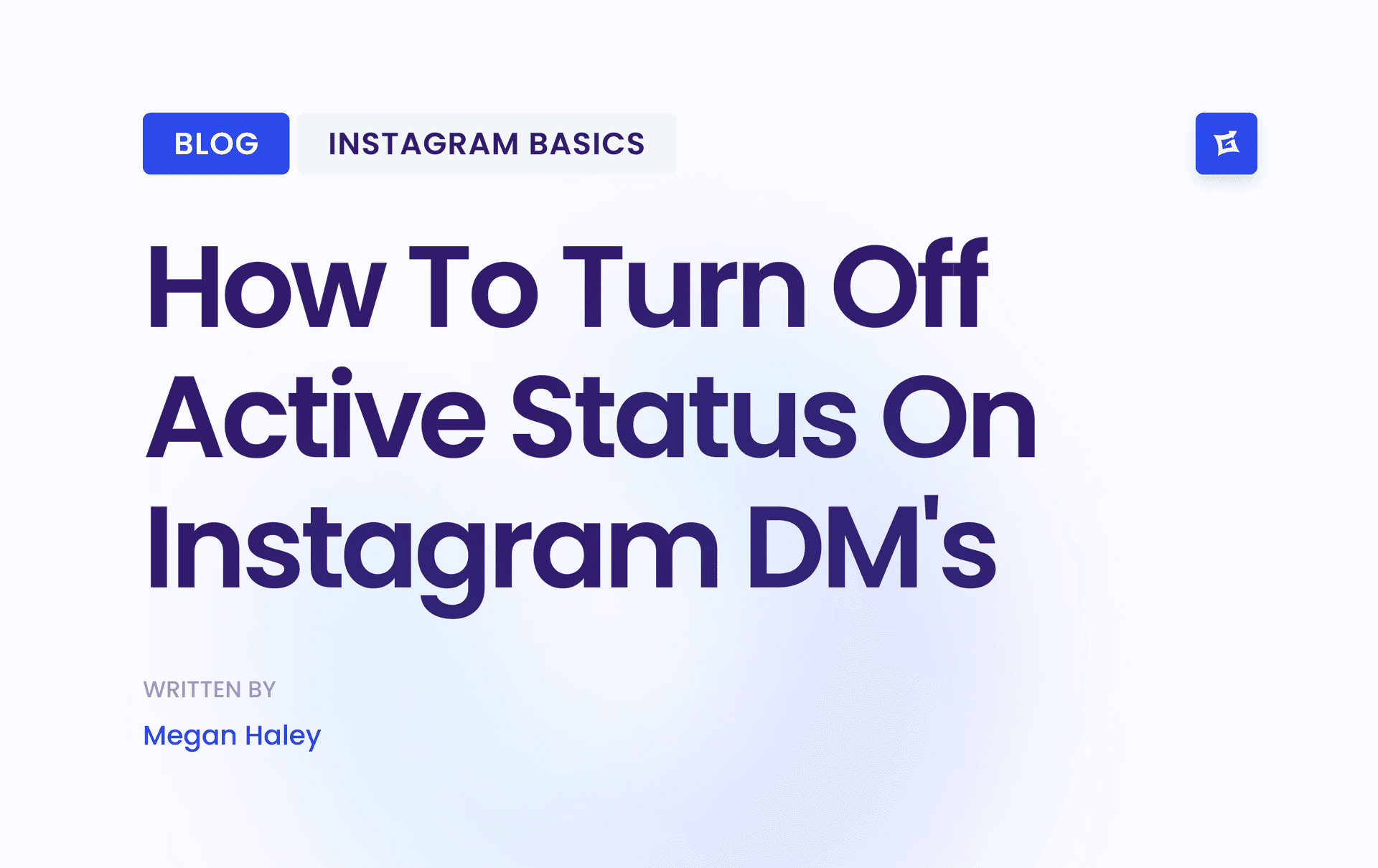
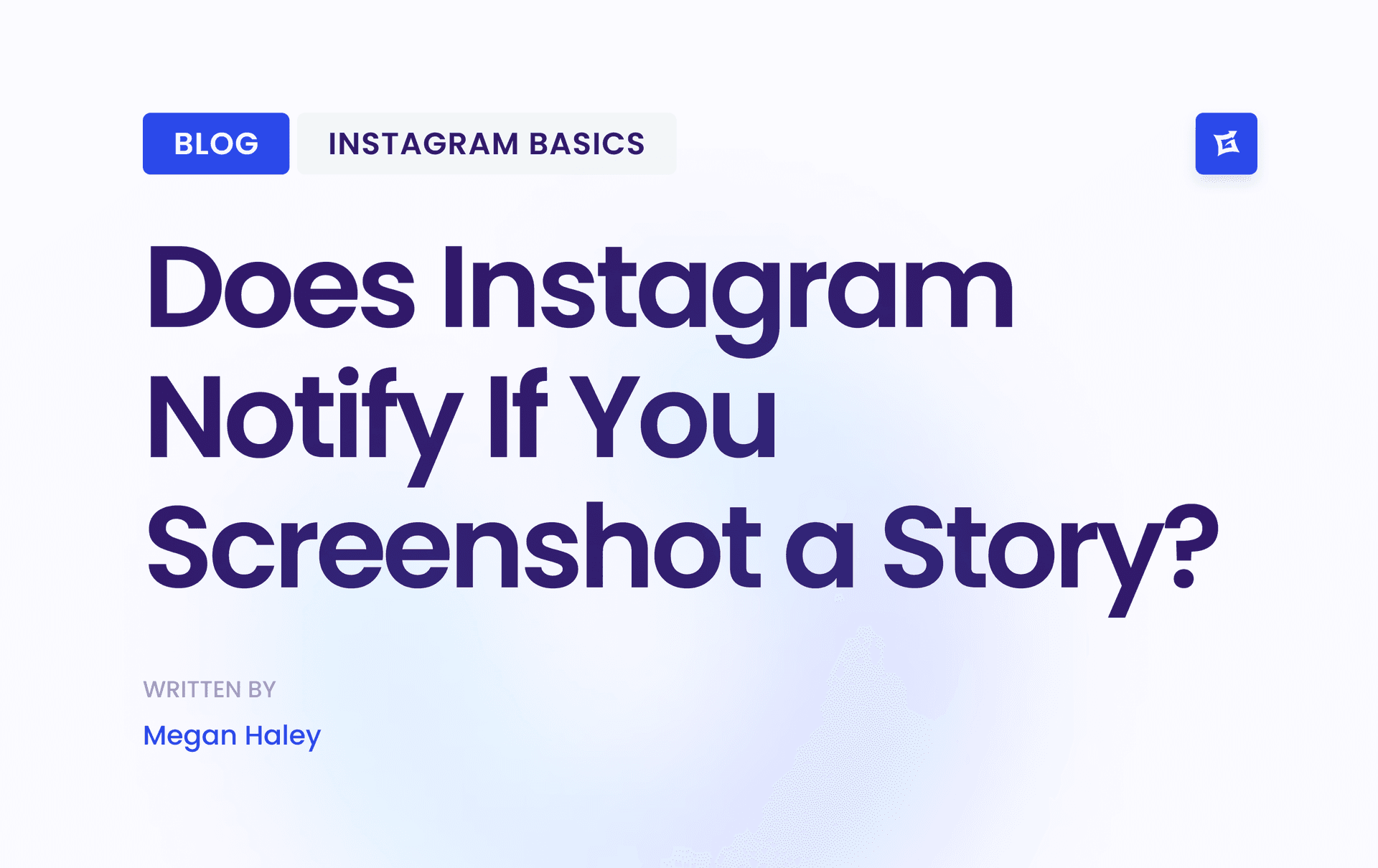



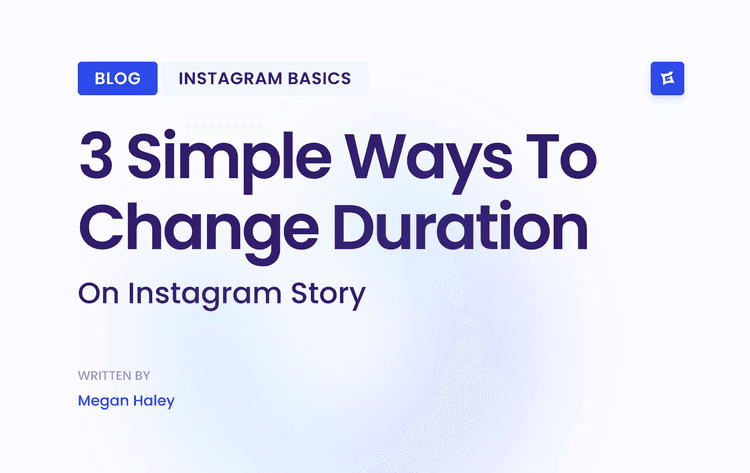
.png&w=750&q=75&dpl=dpl_9XSWKBjhcBN6v6b1SN7m3p1WWjfr)
